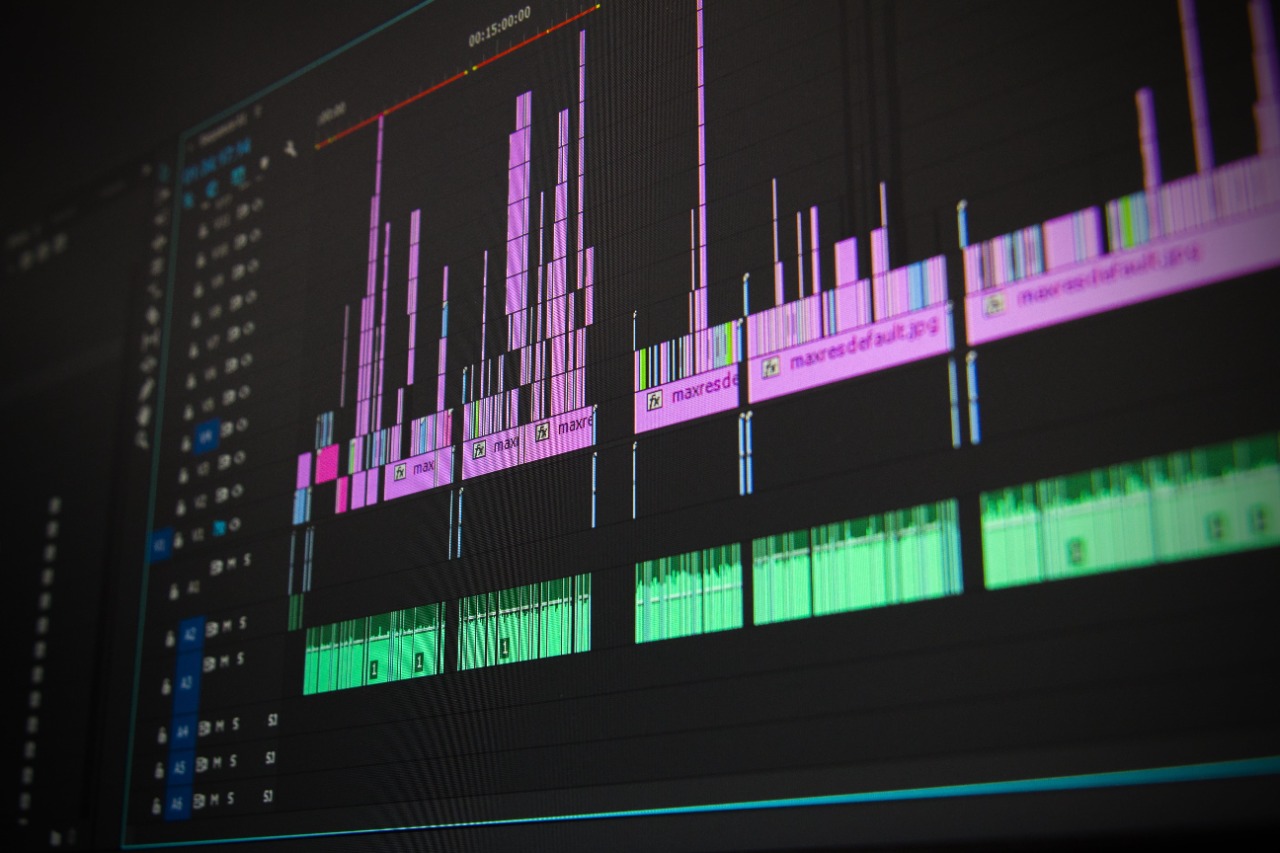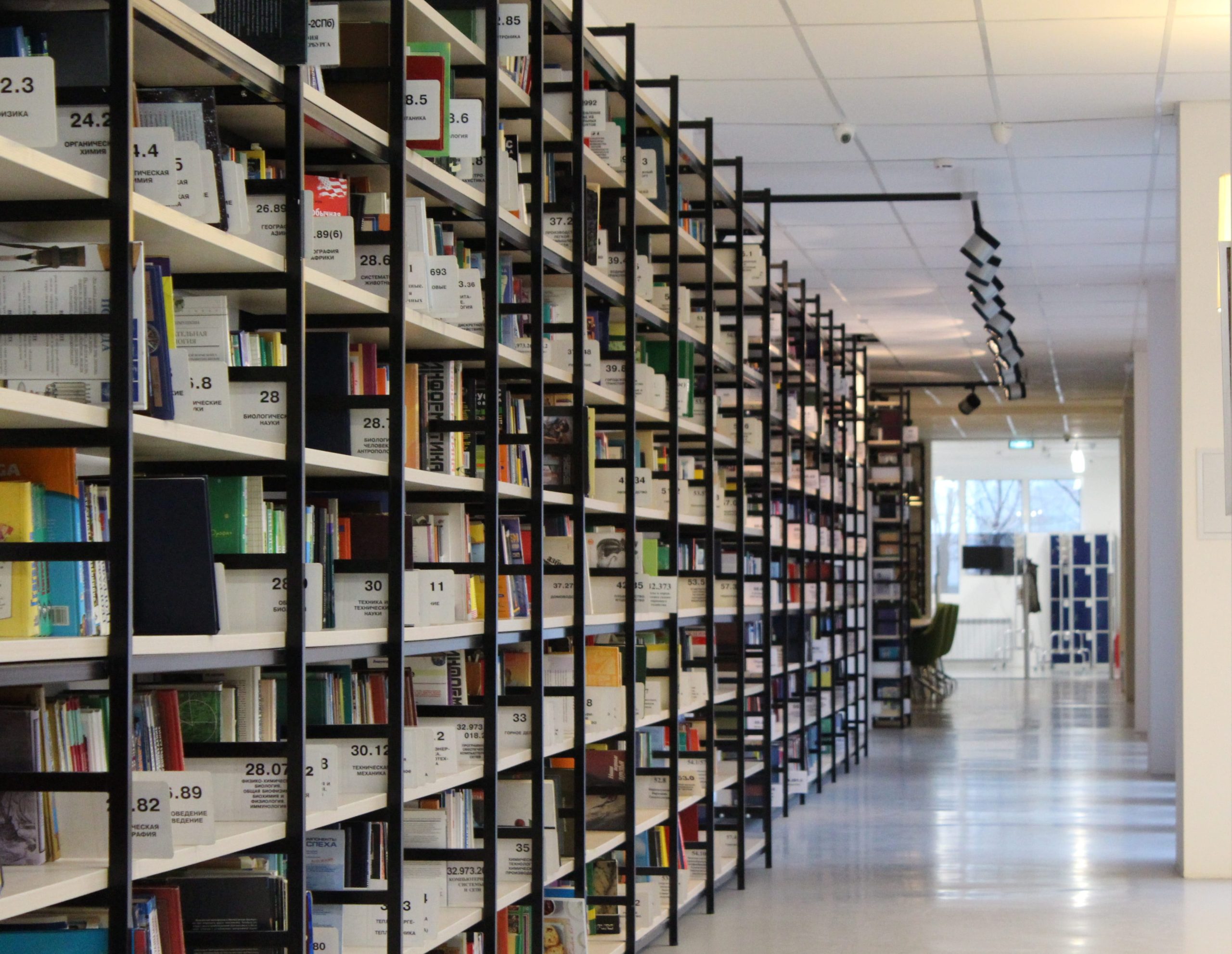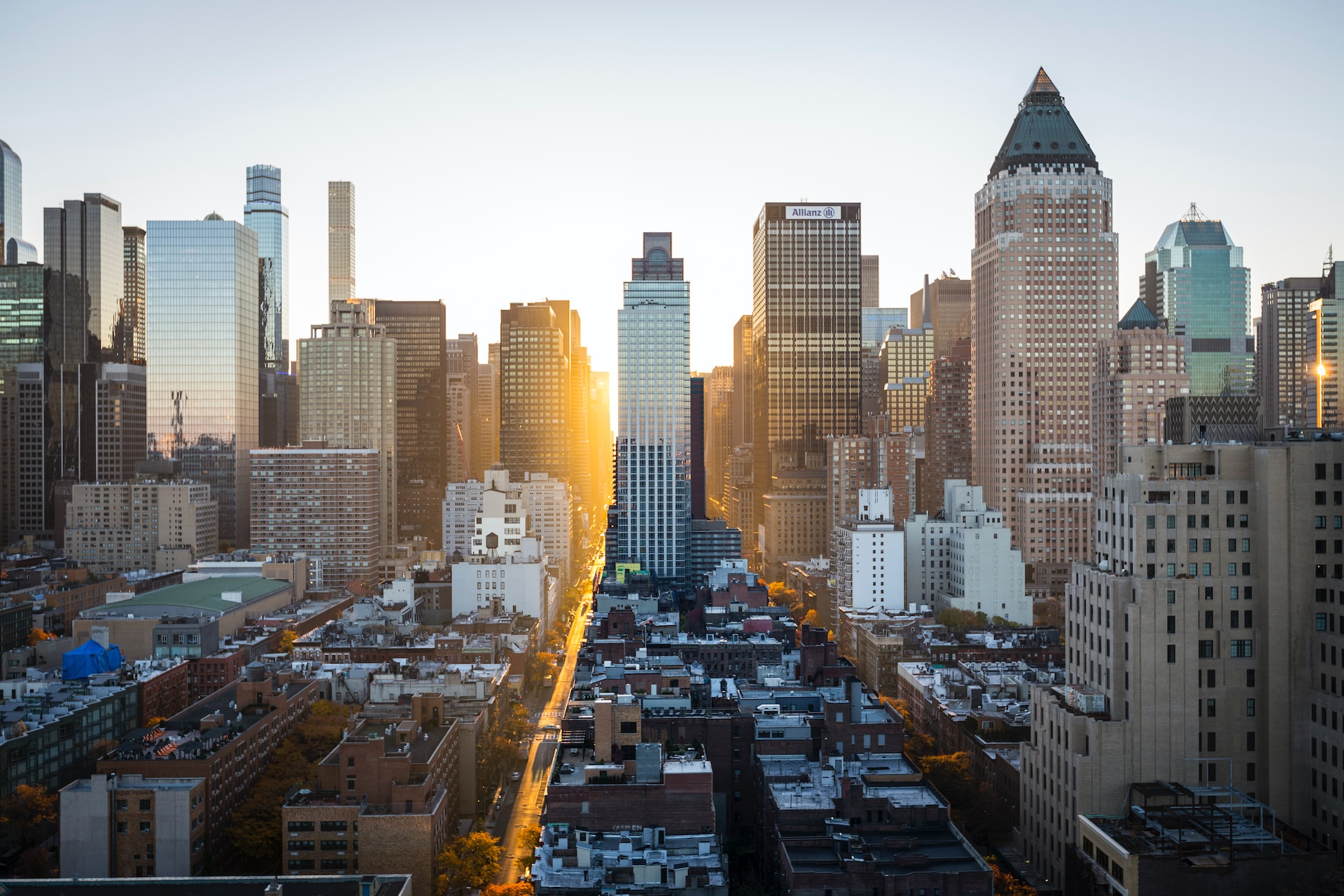You may have heard that a film is as good as the actor or director. However, away from the limelight, a group of people, working long hours, give everything to rightly amplify the actors’ emotions and tell the story how the director wants to tell. Yes! We are talking about the editors—a somewhat ignored species who shape the outcome of a film. Here we will learn about the creative art and techniques of editing a motion picture.
What does film editing mean?
Editing a film means assembling all the scenes and matching them with the director’s vision. A few essential tools, e.g., cutaways, parallel editing, continuity editing, match cuts, etc., are embedded in movie maker software that helps editors achieve that. These help editors present a film or a TV show visually appealing to the audience.
Why is it an integral part of filmmaking?
Irrespective of film types, editing helps to add a certain flair to the visual storytelling. Therefore, it is a critical component of every movie-making cycle. Here, we learn about editing techniques that vastly impact the film’s narrative.
- Timing
Directors shoot script sequences and provide them to editors for preparing the final draft. Upon receiving these reels, the editor can alter the appearance time of the scenes. Push the settings forward or backwards, or hold a scene longer or shorter duration. Their creative inputs make way for the audience’s favourite film sequence.
- Pace
Every story has its flow of narrating. Usually, very few shots wind up on the film screen. Directors take shots and later decide what goes on in the film. An editor does that too! However, they do it to maintain a good pace in the movie.
The editor may stretch an action sequence in favour of the audience. On the contrary, they may delete a scene entirely to keep the flow of the narrative.
- Continuation
A scene from a character entering his house and going to his desk seems flawless while we watch. But, in the back-end, an editor ensures the proper flow of a walking scene leading to the desk scene. So, continuation is critical as it may disrupt the audience’s attention.
- Amplification
An editor decides how impactful a scene will be on the screen. In “Ford v/s Ferrari,” the dramatic sequence of Ken Miles’ character crossing the finish line along with his co-drivers is a classic example of scene amplification. Here, we can witness the disappointment and joy on Ken’s face due to the brilliant transition and cuts by the editors, Michael McCusker and Andrew Buckland.
What are some popular systems used in film editing?
Unlike regular files, raw footage of films is stored as bins. It has audio, video, sound effects, etc., latched onto it. However, editors can easily access files by opening them in their software just like a file. Editors can now edit them accordingly.
Popular film editing software like Adobe Premiere Pro Final Cut Pro X are heavy and require heavy system configuration. Additionally, you’ll find various movie makers online also.
What are the essential stages of making a film?

A simple yet extensive workflow is maintained in filmmaking; they are-
- Logging
Firstly, collecting all the raw footage and logging them in the archive. Mainly, assistant editors are vested with this duty. Directors may label some as their favourites for the editor’s discretion.
- Assembly
Once the footage is collected, editors use a movie maker online to place the scenes chronologically. Big production houses like Marvel often allow the editor to edit a movie simultaneously and shoot.
- Rough or First Cut
The rough draft is prepared after an editor has worked closely with the director to edit a film. Here, the directors compare the output with his vision and decide if he needs to reshoot a scene or entire sequence. A minimum amount of audio and text is supplied into this one.
- Final Cut
The final cut appears after the director is satisfied with the editing. On the other hand, the editor touches the final version upon the director’s approval. Using good movie makers online, you can effortlessly apply the finishing touches in a movie.
Eight handy tips for editing a film
If you are new to film editing, go through the tips below to make your editing experience smooth.
- Mask you cut at a precise time
Whenever switching from one scene to another, masking a cut using a movie maker online when a camera sequence is ongoing ensures a smoother visual experience. For example, mask a cut at car chase scenes, fight scenes, etc.
- Get rid of unnecessary scenes
It is unnecessary to keep long dialogue boring scenes in the final cut. Getting rid of them allows a good flow and pace throughout the movie. A few good movie makers will enable you to sort locations and give greater flexibility in deleting them.
- Don’t lose the central theme
If you find any scene that isn’t contributing to the movie’s central theme, deleting it is the right way forward. For example, it can be a long pause in conversations, long action scenes, walking or running scenes, etc.
- Use audio to go with the video cut
When “Portals” by Alan Silvestri plays in the final battle scene of the Avengers: Endgame, the settings give goosebumps to the audience. Audios have that strength when paired with powerful visuals. The best movie makers online let you easily sync audio with motion pictures.
- Motivated cuts are surreal
Motivated cuts are a great transition to switch between scenes. In Interstellar, we witness Copper’s eyes brighten up after seeing the wormhole that was off-screen. Here, Cooper learns about the wormhole, and later the camera shows us with the help of a motivated cut.
- Include diverse cuts using Insert shots
Insert shots are a great way of grabbing the attention of the audience. It is a close-up to a specific item before panning the camera elsewhere. Prominent director Christopher Nolan is a master of showcasing his narrative through insert shots. In his movie, Inception, Cobb’s spinning totem at the very ending of the film kept us glued to our seats, classic use of insert shot.
- Avoid frequent audio & video cuts
One common mistake is cutting both audio and video simultaneously as it is not ideal, given viewers are watching a film with relevant scenes with proper flow. Pre-lapping or Post-lapping techniques are great ways to overcome this.
- Widen your vision, get an additional monitor
Instead of moving back and forth to edit a scene, we suggest investing in a second monitor. You can open your video editing software on one screen and folders on another. Moreover, you don’t have to jump between different windows. That way, you will have ample space in your workstation.
Bottom Line:
There you have it—a comprehensive guide on film and video editing. So, trust your creative skills and get started!






